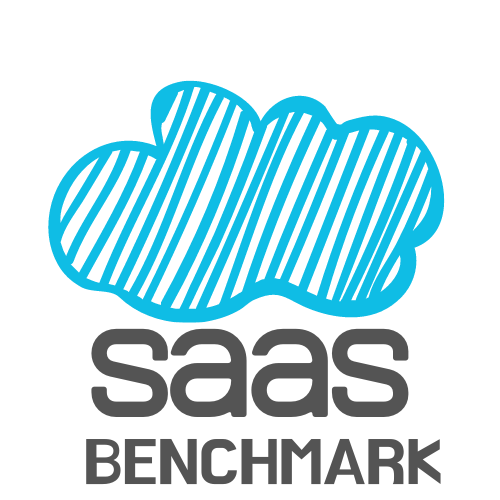What is SaaS Gross Margin?
SaaS metrics like MRR and Churn get lots of attention. Gross Margin might not have the buzz of other metrics, but it’s just as important to monitor.
In fact, Gross Margin is commonly used among high-level analysts to evaluate the strength of a business.
What is SaaS Gross Margin?
Gross Margin is Gross Profit divided by Revenue. Gross Profit is Revenue minus Cost of Goods Sold (also known as COGS, or sometimes as Cost of Sales for service companies).
Like Profit Margin, Gross Margin is expressed as a percentage.
All companies can calculate Gross Margin. However, SaaS businesses can find it difficult to get an accurate Gross Margin calculation due to the judgment involved in calculating COGS (see section below).
Why Should I Care about Gross Margin?
Remember this simple relationship: higher Gross Margin = more money to grow the business.
To help understand this concept, it is helpful to think about COGS as the cost of revenue. The revenue of your business takes money (costs) to generate. If these costs were not incurred, the revenue would not be generated. For example, if you don’t spend money on hosting, customers can’t access your product and you have nothing to sell.
The cheaper your revenue is to create, the more money you have leftover to spend on your business (e.g., hiring people, R&D, etc). Higher gross margins signal a superior business model.
Analysts and investors use Gross Margin as a litmus test to determine whether a company is worth investing in. As Tomasz Tunguz says, “Gross margin is the glass ceiling for profitability because net margin can never exceed gross margin.”
What is Included in COGS?
Gross Margin is a simple calculation. However, calculating COGS can be difficult. GAAP does not stipulate what must be included in COGS. So how do you know what to include?
The best option is to follow best practices. For SaaS business, the following items are commonly included in COGS:
- Hosting costs
- Costs of employees directly related to the product (including salary, benefits, and payroll taxes)
- Customer success costs (excluding any up-selling or cross-selling)
- Licenses and software fees
There is a difference of opinion on whether to include product development costs in COGS or not. Of course, some of this will depend on whether you capitalize software development costs.
For more insight, check out these Gross Margin articles by SaaS Capital and The SaaS CFO.







